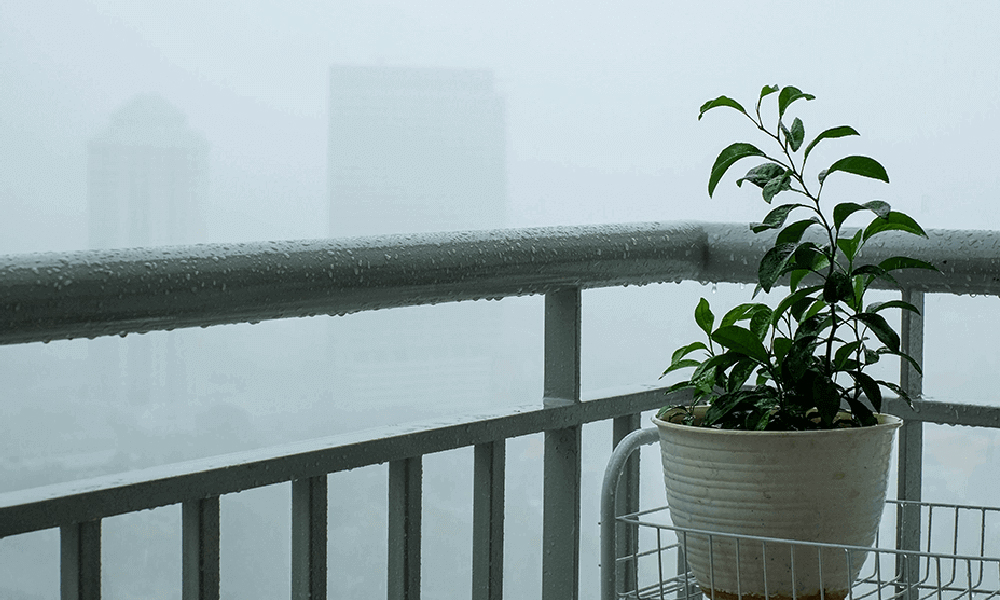Introduction
The monsoon season brings a refreshing wave of rain and rejuvenation to the environment. As much as we enjoy the soothing pitter-patter of raindrops, the monsoon can also pose several challenges, especially when it comes to safeguarding our homes from heavy downpours and potential flooding. To ensure your home remains safe, dry, and comfortable for you and your family during this season, it’s essential to take proactive steps in preparing for the monsoon. In this article, we will guide you through the crucial measures to get your home monsoon-ready.
Understanding the monsoon season
What is the monsoon season?
The monsoon season is a weather phenomenon characterized by heavy rains and strong winds that typically last for several months. It is influenced by temperature variations and atmospheric conditions, and it significantly impacts regions like South Asia.
The Importance of Preparing Your Home
Preparing your home for the monsoon is of the utmost importance to safeguard your property, belongings, and loved ones from potential damage and inconvenience. A well-prepared home can help prevent water seepage, leaks, and structural issues, ensuring a comfortable living space during the rainy season.
Preparing the interior
Checking for leaks and making repairs
Before the monsoon arrives, conduct a thorough inspection of your home for any existing leaks or weak points in the structure. Address any repair needs promptly to prevent water from seeping in during heavy rains. Pay close attention to the roofs, walls, and ceilings, as these areas are most susceptible to leaks.
Cleaning the gutters and drains
Clear out the gutters and drains of any accumulated debris or leaves. Clogged gutters can lead to water overflowing, causing damage to the foundation of your home. Regularly clean the gutters to ensure proper drainage and avoid water logging around your property, whether you have it in Oragadam or anywhere in the country.
Waterproofing measures
Consider waterproofing the walls and floors, especially in vulnerable areas like the basement. This can help keep your interiors dry and prevent dampness that often leads to mould and mildew growth. Invest in quality waterproofing products and sealants to ensure long-lasting protection.
Installing moisture absorbers
Use moisture absorbers or dehumidifiers to maintain optimal humidity levels inside your home. This will prevent the growth of mould and keep your indoor air fresh and dry. Moisture absorbers are particularly useful in rooms that are prone to excess humidity, such as bathrooms and basements.
Exterior preparations
Roof inspection and repairs
Conduct a detailed inspection of your roof for any loose or damaged tiles. Make sure to have them repaired immediately. A sound roof is crucial for protecting your home from rainwater. Consider reinforcing the roof with waterproof coatings or membranes to enhance its resistance to water penetration.
Reinforcing doors and windows
Ensure that all doors and windows are properly sealed to prevent rainwater from seeping in. Check for gaps or cracks around the frames and use weatherstripping to seal any openings. Installing storm shutters or strong window covers can provide an extra layer of protection during severe storms.
Landscaping and drainage
Trim overhanging tree branches and clear your yard of debris to prevent potential damage during heavy winds. Additionally, ensure that the drainage system around your home is functioning well to avoid waterlogging. Properly channel rainwater away from the foundation to prevent water from seeping into your home.
Elevated electrical fixtures
Raise electrical fixtures such as switches and sockets above the expected flood level to avoid electrical hazards during the monsoon. It’s crucial to take electrical safety seriously during the rainy season to prevent accidents and potential fires.
Safety precautions
Emergency kit
Prepare an emergency kit containing essential items like flashlights, batteries, first aid supplies, and non-perishable food items. This kit will come in handy during power outages or disruptions caused by the monsoon. Store the emergency kit in an easily accessible location, known to all family members.
Familiarize yourself with emergency exits
Ensure that all family members are familiar with emergency exits in the house and have a designated meeting point outside. This is essential for everyone’s safety in case of any unforeseen circumstances. Practice emergency drills to ensure everyone knows what to do in an emergency.
Switch off appliances
During heavy thunderstorms, it’s advisable to unplug electrical appliances to protect them from power surges and potential damage. Lightning strikes can cause power surges that may damage sensitive electronics, so taking this precaution can save you from costly repairs or replacements.
Conclusion
As the monsoon season approaches, it’s vital to take proactive measures to prepare your home for the upcoming challenges. Regular maintenance, proper drainage, and safety precautions are essential to minimize potential risks and damages during this time. Whether you have a luxury apartment in Chennai or elsewhere in the country, taking these measures will help you create a safe and comfortable living environment for you and your loved ones during the monsoon season.
Frequently Asked Questions
1. Can I waterproof my home on my own?
While some minor waterproofing tasks can be done DIY, it’s best to consult a professional for comprehensive waterproofing measures.
2. How often should I inspect my roof?
It’s recommended to inspect your roof at least twice a year – before the monsoon season and after it.
3. Are dehumidifiers expensive to run?
Dehumidifiers are relatively energy-efficient and won’t significantly increase your electricity bills.
4. Is it necessary to elevate electrical fixtures?
Elevating electrical fixtures is a safety measure to prevent potential electrical hazards during flooding.
5. What should I include in my monsoon emergency kit?
Your emergency kit should include essentials like flashlights, batteries, first aid supplies, and non-perishable food items.

